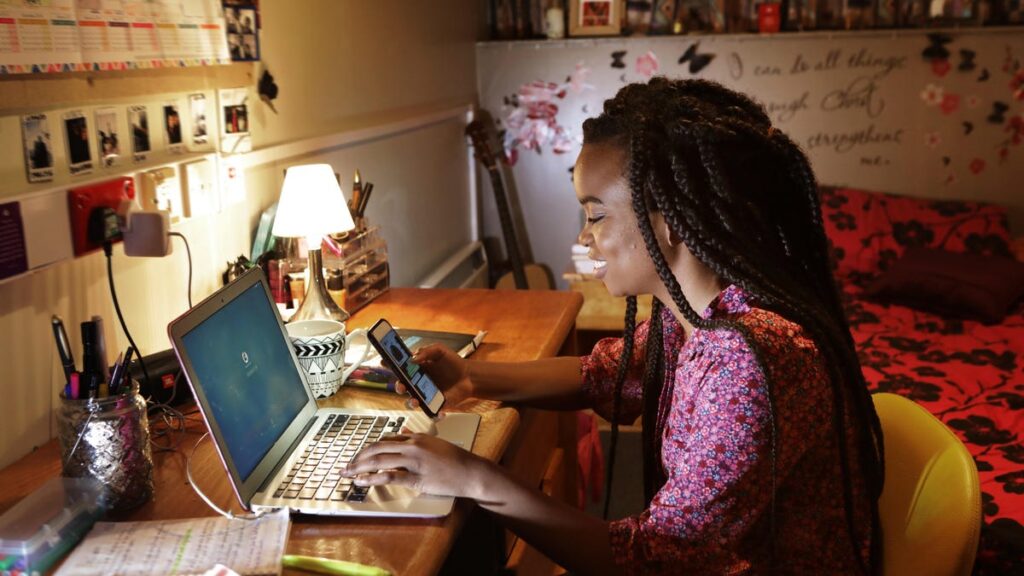As a college professor, I know that getting students excited about the work I have to grade later can be one of the more frustrating things about teaching. But when an assignment hits the right chord, it has the potential to inspire students and affect your classroom, the whole school and beyond.
Reconciling the curriculum and assignments with standards and learning objectives sometimes established out of a teacher’s control can sap the creative side of your brain.
Here’s how artificial intelligence can help broaden your horizons when trying to create assignments that make a lasting impression and keep your classroom excited about learning. (And for more AI tips for the back-to-school season, check out CNET’s guides on how students can use AI to manage their time, how to use AI to write an email to your teacher and more on how I use AI as a college professor.)
Since there will need to be a fair bit of refinement to create an assignment that is both fun to complete for students and fun to review and grade for educators, I’ve used ChatGPT, the AI chatbot that uses machine learning and large language models to generate conversational style answers to search queries, so that I could go back and forth brainstorming ideas.
(Disclosure: Ziff Davis, CNET’s parent company, in April filed a lawsuit against OpenAI, alleging it infringed Ziff Davis copyrights in training and operating its AI systems.)
Maintaining student and teacher sanity
My area of study is media and communications, so for this example I’m putting together an assignment on media literacy, or the ability to think and interact critically with everything from TikTok content to front-page news.
The goal is to create an assignment that’s fun, collaborative and impactful for college students who interact heavily with digital media but might not be questioning what they’re consuming.
The secondary goal was to create an assignment I won’t hate myself for creating when it comes time to grade it.
On my first attempt, ChatGPT gave me a fully built-out assignment according to specific learning objectives around media literacy for college-level students, but it was about as fun as you’d think writing a 500-word essay on media literacy might be — not fun at all.
Refine for fun, focus and collaboration
Since this assignment is in part about getting students to actually interact with media online in a way that’s more impactful than just lurking or liking from the digital shadows, I refined the prompt to include using the student body in the assignment somehow and requested less emphasis on written analysis that will ultimately only be seen and evaluated by the teacher.
Here’s what it came back with:
I was actually impressed — not only did ChatGPT have students interacting with and analyzing media, but it also created a multi-layered assignment that gave students the opportunity to see firsthand the impact media literacy can make on a community as well as an individual.
This assignment would also be a darn sight more enjoyable to grade than 30 to 50 500-word analytical essays about whether the source of a Brat summer post on TikTok can be trusted.
Finally, ChatGPT offered submission requirements (like linking to the social media content used in completing the assignment and screenshots of the online interactions) and grading criteria for the assignment and even some examples of how the assignment might be executed.
Its example in particular about analyzing the role of political memes was timely and felt like a fresh take on an evolving reality of campaign media.
I personally would love to see videos from students collaborating on a discussion with their peers about their perception of the presence of President Donald Trump across social media.
And who knows — maybe the students might actually enjoy it too.

